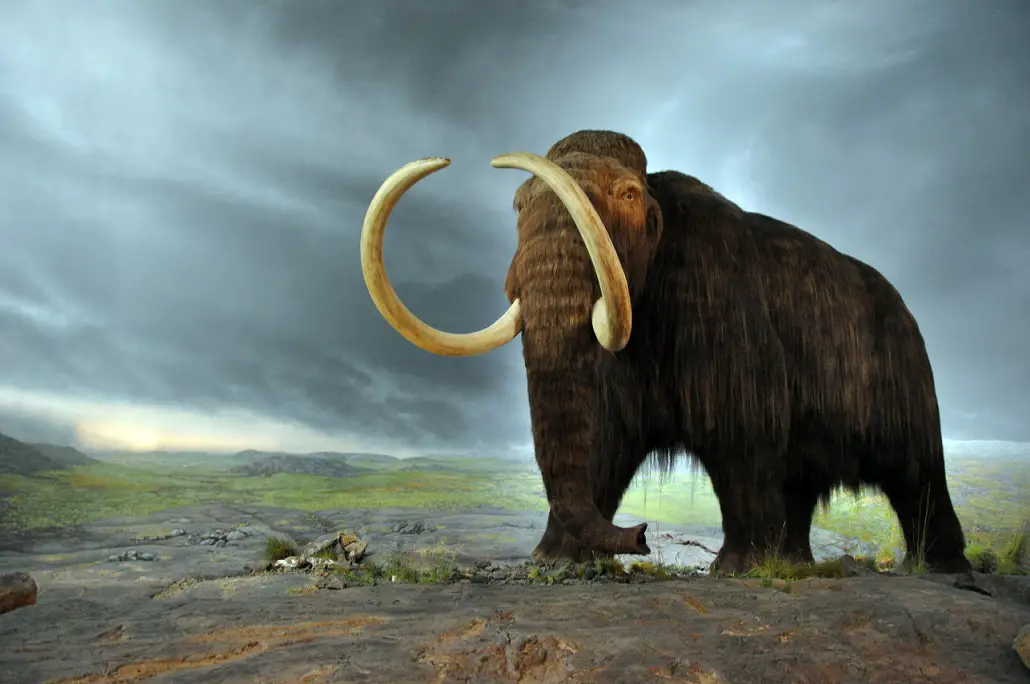Jurassic Park Style Siberian Safari Roll Out Plans To Clone Pre Historic Creatures Using Ancient Frozen Sperm
Tags: opinion
Sounds like something that belongs on the Sci-Fi channel, but it is totally true- Pleistocene Park is a large nature park located in the north of Siberia which has become one of the world’s biggest Arctic research stations.
Currently it is home only to 5 major herbivore species: bison, musk ox, moose, horses and reindeer and while there is nothing out of the ordinary about these species, this is not all they have planned for the future.
Pleistocene Park have teamed up with a group of Japanese and Russian scientists who are aiming to bring the woolly mammoth back to life and turn Pleistocene Park into a Jurassic Park style safari refuge for genetically cloned species.
The team of scientists plan to use sperm from a frozen preserved mammoth, to impregnate an elephant, raising the elephant/mammoth hybrid letting it roam free in the wild Siberian park.
Many experts have criticised the attempt to bring back an animal which has been dead for over 10,000 years, with some calling it scientifically impossible and others questioning the morality.
This would not be the first time we have brought back an animal from extinction, in 2000 the Iberian Ibex (a type of goat) was declared extinct and using its DNA scientists were able to replace the genetic material found in eggs from domestic goats and clone a female Pyrenean ibex. Unfortunately its life only lasted 10 minutes.
Bringing back a Woolly Mammoth however is a completely different story not only do we have no living samples and live in a different a different climate. But this has not deterred the team of scientists. They will most likely need to find a sufficiently preserved mammoth from which they can extract sperm DNA.
They will then use the sperm to impregnate a female elephant, which is the mammoth’s closest living relative. By repeating this procedure with offspring, they believe they could produce a creature that is 88 percent mammoth in the next 50 years.
Akira Iritani, chairman of the genetic engineering department at Kinki University and a member of the Mammoth Creation Project is planning a summer expedition to Siberia to search for more carcasses.
Should they be successful the mammoths will be living their lives in Pleistocene Park and Akira Iritani has said- they also have plans to resurrect extinct species of deer, woolly rhinoceroses, and even saber-toothed cats.
There is obviously a lot of scepticism with many other scientists a lot less enthusiastic about the project.
Anatoly Lozhkin, an Ice Age expert at the Northeast Interdisciplinary Scientific Research Institute in Magadan, Russia, has said- “Even if the cloning experiment is successful, they are not reconstructing the past but rather creating a new mammoth-like creature,”
“Scientists are always able to learn from every experiment, but I am not sure that cloning a mammoth will help us significantly move forward our understanding of the animal or the conditions under which it lived,”
Regardless of how you feel about this, it is pretty fascinating and it will be very interesting to see how it rolls out.
What do you think- is it possible to clone extinct animals or not? Is it ethical or not? Could it even be a threat to humanity? Let me know your thoughts by leaving a comment below.


Leave Comment: